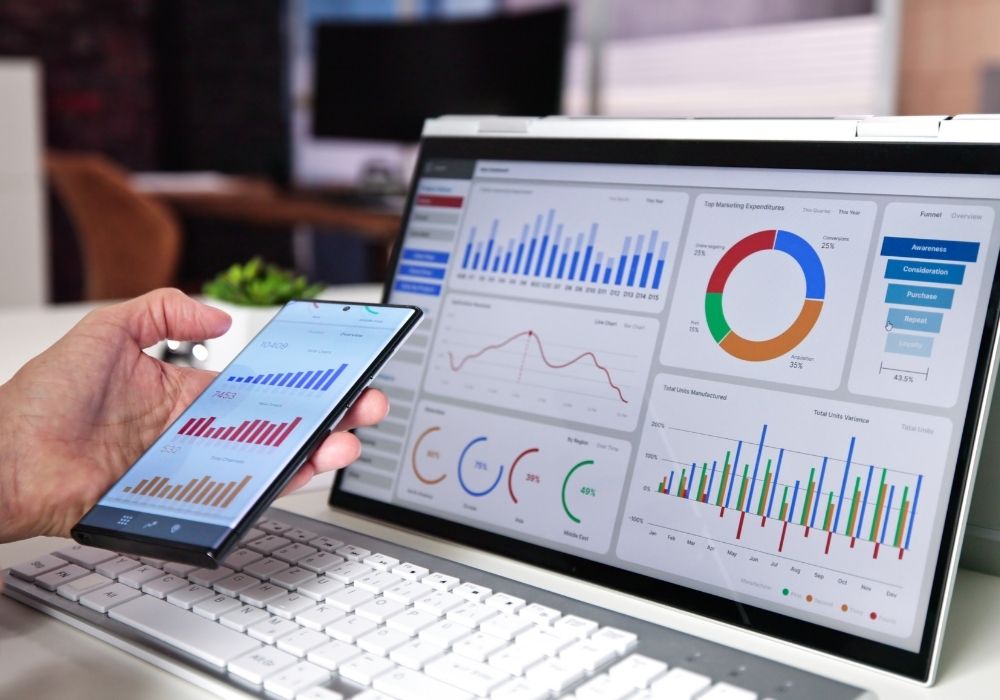By Will Catterall, Account Executive
Has working from home changed communication forever?
It’s more than 120 days since the pandemic forced millions of us to work from home, and along with working in our pyjamas and taking one too many trips to the biscuit cupboard, lockdown has brought new ways of keeping in touch with colleagues, family and friends.
If lockdown has taught us one thing, it’s that video calls are actually a great way to hold meetings and get things done. But at the start of 2020, how many UK businesses were using Zoom or Microsoft Teams regularly?
Just six months ago (yes, we know it feels longer!) lots of us were neglecting these tools, instead choosing time-consuming, environmentally-damaging journeys for meetings in person.
Face to face contact will continue to be part of the post COVID-19 world – but as social distancing and mandatory masks look set to become a normal part of life, travelling from office to office for every meeting could become a thing of the past too.
Challenging the way things are done
The coronavirus outbreak challenged businesses to ensure they continued to communicate quickly and effectively, and messaging and conferencing apps reaped the rewards as a result.
Zoom’s reports between February and April showed more than 300 million daily users at the peak of lockdown, leading to a near 400 per cent increase in its paying customers and a forecasted £1.8 billion in revenue for the year.
It’s a similar story for the other messaging giants too. EE reported a 45 per cent increase in use of WhatsApp and HouseParty, with NHS staff sending almost half a million messages on Microsoft Teams every day.
People flocked to these services as they offer a quick and easy way to keep in touch with key contacts, and helped them to maintain business as usual, without suffering a mass breakdown of organisational communication.
Thanks to the likes of Zoom and Microsoft Teams, we’re now more adept at hosting team catch ups, checking in with clients and even setting up new collaborations and projects all from our respective home offices.
However, this type of communication shouldn’t just be for business purposes. As companies such as The Royal Bank of Scotland and Twitter have already told employees to work from home indefinitely, and with 87 per cent of UK employees indicating that they enjoy remote working, keeping people socially connected and motivated is one of the next big challenges facing employers.
Employee engagement shouldn’t be forgotten
There are so many ways to recreate that fun and vibrant office environment that many of us have been missing, and by now we bet you’ve already been a regular participant in some online work quizzes.
But there’s only so many quiz questions you’ll be up for answering and if you’re working from home for months more yet, then it’s important to get creative when it comes to communicating with your team.
At No Brainer we’ve proven we can do everything we need from home, but to help recreate our office environment – where we’ll often play music – we’ve put our own spin on your average Microsoft Teams video call by creating a new comms channel called ‘No Brainer Radio’.
Now on Fridays, the whole team tune into No Brainer Radio – an hourly feature with hits, news and views for all of the team to get involved in. It’s a bit of fun and a great way of catching up at the end of the week.
It also helps us find out what’s been going on across different accounts and recognise the always above and beyond efforts we make week in week out to deliver the right results for our clients.
The feedback we’ve had from the team is that they love it. It’s so different, and a unique, new and engaging way for us to keep connected and share the best and challenging parts of our week.
Whether it’s through emails, a video conference, or even your own ‘radio show’ like us – keeping employees feeling valued and motivated is more important than ever.
The more creative you are in doing that, the better the results you could have.
If you’re looking for inspiration on being creative for your organisation, check out our six top tips for good internal communications here.








